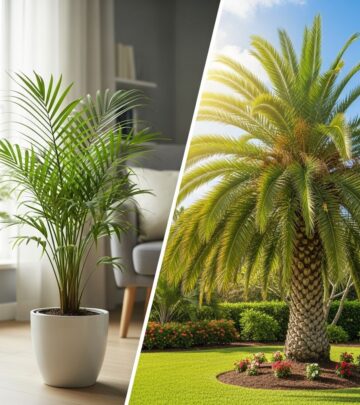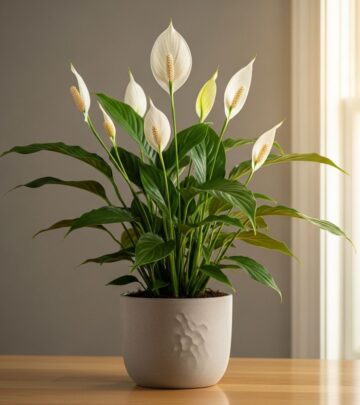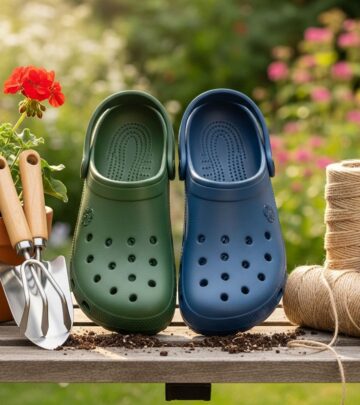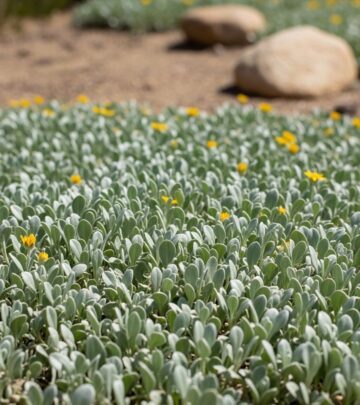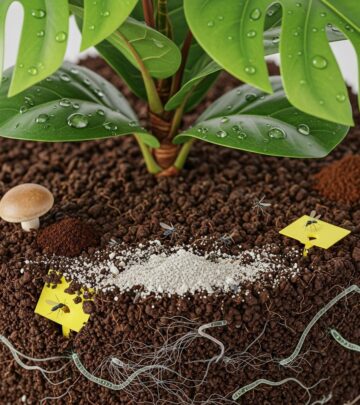Gardening 101: Everything You Need to Know About Pencil Cactus (Euphorbia tirucalli)
Striking sculptural form meets drought-tolerant resilience for hassle-free green style.
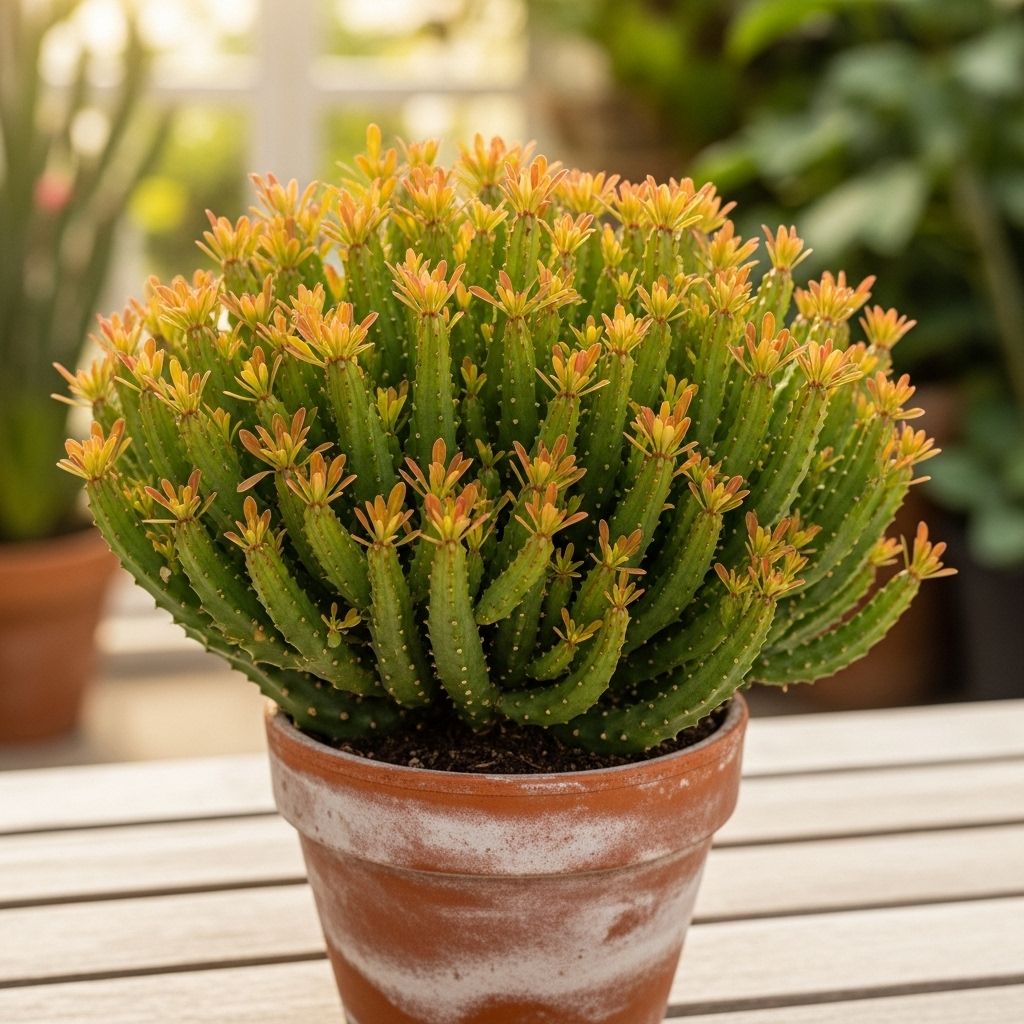
Image: HearthJunction Design Team
Gardening 101: Pencil Cactus (Euphorbia tirucalli)
Pencil cactus, renowned for its dramatic structure, resilience, and nearly sculptural silhouette, is an outstanding addition to both indoor and outdoor succulent gardens. Known botanically as Euphorbia tirucalli, this plant’s architectural lines and easy care routine have made it a favorite among plant enthusiasts and minimalists alike. While its common name references the cactus family, pencil cactus is technically a succulent Euphorbia, not a true cactus. Its slender, pencil-like branches and striking color transitions make it visually compelling throughout the year.
Cheat Sheet: Quick Facts About Pencil Cactus
- Botanical Name: Euphorbia tirucalli
- Common Name: Pencil Cactus, Milk Bush
- USDA Hardiness: Zones 10-11
- Type: Succulent, perennial
- Maximum Height: Up to 30 ft in nature; up to 6 ft in containers
- Light: Full sun outdoors; bright, sunny window indoors
- Water: Infrequent; allow soil to dry between waterings
- Soil: Well-drained, gritty cactus or succulent mix
- Fertilizer: Rarely required; if desired, use balanced liquid food once a year in spring
- Design: Striking container specimen or landscape accent; pairs beautifully with sedums, aloes, agaves, and other low-water plants
- Beware: Milky sap is toxic; avoid contact with skin or eyes
Introduction to Pencil Cactus
Euphorbia tirucalli is a succulent shrub native to arid regions of Africa and India. Its unmistakable, spiky framework grows dense thickets of green, cylindrical branches, each about the thickness of a pencil—hence the name. Outdoors in frost-free climates, it can reach heights up to 30 feet, forming an almost tree-like canopy.
As a potted plant, pencil cactus typically grows between 4 and 6 feet under optimal conditions. Its branches often color up with striking chartreuse, orange, or red tips depending on the cultivar, season, and sun exposure. This bold color adds vibrancy to drought-tolerant and contemporary gardens, as well as modern indoor spaces.
Main Features
- Sleek, modern silhouette: Architectural form complements minimalist and contemporary decors
- Ultra-low maintenance: Perfect for busy gardeners or those seeking easy-care houseplants
- Drought resistance: Thrives on neglect and adapts to dry conditions
- Striking color shifts: Young growth is often highlighted with warm reds or oranges
- Sculptural companion: Looks great alongside other succulents and cacti
Planting and Design Ideas
Pencil cactus shines as a container plant, and its dramatic form creates visual interest in modern landscapes. Use it to:
- Contrast fine pencil-thin textures with bolder leaves like those of aloes and agaves
- Showcase its colors alongside golden sedums such as Sedum ‘Angelina’ or red-tipped succulents like Sedum ‘Firestorm’ or Crassula ‘Campfire’
- Add height and architectural drama as a focal point on patios, decks, or inside sunny rooms
- Create low-water, seaside, or desert-themed plantings in warm zones
- Blend into succulent arrangements for a lively mix of textures and colors
Keep It Alive: Essential Care Guide
Light Requirements
- Outdoor: Full sun is best for healthy, robust growth and vivid coloration.
- Indoor: A south- or west-facing window is ideal. The plant craves bright, direct light and will become leggy and dull if light is insufficient.
- Greenhouse: Thrives in consistently bright, warm environments.
Soil & Drainage
- Requires exceptional drainage; never allow roots to sit in water.
- Use a commercial cactus/succulent mix or create your own with a blend of fast-draining materials such as pumice, sand, and organic matter.
- For containers, ensure pots have multiple drainage holes.
- Amend in-ground soils as necessary with coarse sand or perlite if planting outdoors.
Watering
- Pencil cactus should only be watered every two weeks during active growth. In winter or cooler conditions, water even more sparingly.
- Let soil dry thoroughly between waterings. The plant is far more tolerant of drought than excess moisture, which can cause root rot.
- During the dormant period (usually winter), sometimes a single monthly watering suffices.
Fertilizing
- Fertilizer is rarely necessary for pencil cactus. However, a balanced, diluted liquid fertilizer can be applied once in the spring to encourage vibrant growth.
- Never overfeed, as excess nutrients can damage root systems and encourage weak, leggy growth.
Temperature & Placement
- This tropical succulent does not tolerate frost. Outdoor temperatures should not fall below 25°F ().
- Indoors, it prefers average household temperatures and lots of light.
- Perfect for seaside or arid gardens in warm climates; easily grown in containers elsewhere and brought indoors during cold weather.
Pruning & Repotting
- Prune only as needed to remove dead or damaged branches. Always wear gloves and avoid sap contact, as the milky latex is toxic and can irritate skin or eyes.
- Repot the pencil cactus every year or two, or as it outgrows its container.
- Use fresh cactus mix when repotting and provide adequate support for tall stems if necessary.
Design Inspiration: Styling Pencil Cactus
Pencil cactus excels as a statement plant both in the landscape and in interiors:
- Contrast bold colors: Pair with golden or red-edged succulents to highlight its chartreuse hues.
- Create sculptural arrangements: Use its airy silhouette as a modern accent, framed against simple walls or coupled with ceramics.
- Mix with companions: Works well alongside other drought-tolerant plants, particularly Agave, Crassula, and Sedum.
- Textural interest: The spindly branches contrast well with broad-leaved agaves or trailing stonecrops.
Common Problems and Solutions
| Problem | Possible Cause | Solution |
|---|---|---|
| Yellowing branches | Overwatering, poor drainage | Improve drainage, allow soil to dry, water less frequently |
| Wilting, shriveling stems | Underwatering, lack of light | Check soil moisture, water if dry, provide more light |
| Root rot | Soggy, poorly-drained soil | Repot into gritty mix, remove damaged roots, reduce watering |
| Loss of color | Too little sunlight | Move to brighter location, prune for bushier growth |
Toxicity & Handling Precautions
The milky latex sap of pencil cactus is toxic to humans and animals. Skin contact can cause irritation, and accidental ingestion may result in nausea or vomiting. If sap gets in your eyes, it can cause severe pain and possible vision damage. Always wear gloves, long sleeves, and eye protection when pruning or repotting. Wash any affected skin immediately with soap and water.
Frequently Asked Questions (FAQs)
Q: Is pencil cactus actually a cactus?
A: No, despite its name, pencil cactus is not a true cactus. It is a succulent in the Euphorbia family.
Q: Is the pencil cactus safe to have around pets or children?
A: No, the sap is toxic if ingested and can be very irritating to skin and eyes. Place in areas out of reach and handle with care.
Q: How often should I water my pencil cactus?
A: Water only when the soil is completely dry—typically every two weeks in summer and monthly in winter.
Q: Can pencil cactus survive outdoors year-round?
A: Only in USDA zones 10-11. In colder climates, grow in pots and bring indoors before frost.
Q: What causes my pencil cactus to turn red or orange?
A: High light and cool weather often trigger red or orange color, particularly on the tips. This is natural and not harmful.
Q: What is the best potting mix for pencil cactus?
A: Any well-draining cactus or succulent mix works well. You can amend store-bought mixes with extra pumice, perlite, or coarse sand to improve drainage.
Companion Planting and Alternatives
- Good Companions: Crassula, Sedum, Agave, Aloe, Echeveria, and similar sun-loving succulents
- Alternative Planting: For an equally architectural effect, try agaves, yuccas, or large echeverias in your design
- Pairings: Use both contrasting and harmonizing colors for visual interest—chartreuse pencil cactus with blue-grey agaves, or with fiery red sedums
Tips for the Perfect Pencil Cactus
- Err on the dry side: It’s better to underwater than overwater
- Brightest coloration appears in full, direct sunlight
- Handle with gloves to avoid skin contact with sap
- Repot every 1-2 years, using fresh, gritty planting mix
- Keep an eye on light levels—leggy growth signals insufficient sun
Additional Resources
- Succulents & Cacti 101: Further guides for care and design basics
- Agave: Learn about field-tested agave selections for landscaping
- Christmas Cactus: Explore other holiday-friendly, low-maintenance succulents
References
- https://www.gardenista.com/posts/gardening-101-pencil-cactus/
- https://www.joyusgarden.com/pencil-cactus-care-indoors-in-the-garden/
- https://www.gardenista.com/posts/the-new-it-houseplant/
- https://www.gardenista.com/garden-design-101/succulents-and-cacti/pencil-cactus-succulents-plant-care-growing-guide/
- https://www.remodelista.com/products/euphorbia-tirucalli-pencil-cactus/
Read full bio of medha deb




